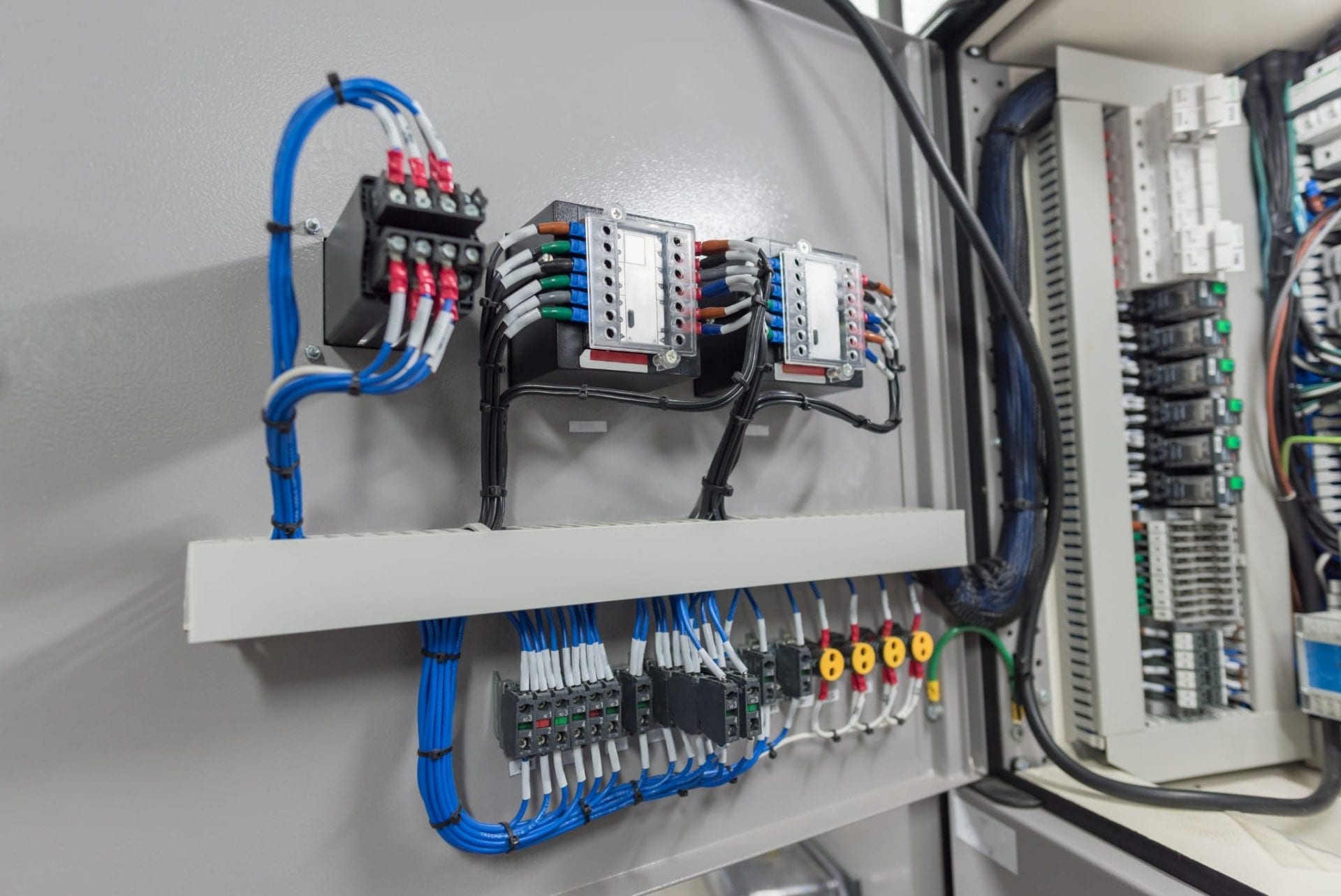The Fundamentals of Electrical Wiring: A Novice's Guide

The electrical wiring is an essential element of every home, and understanding it is important for every homeowner. It is not just important to ensure the smooth functioning of your home but it’s also crucial to ensure your safety. In this article, we’ll go over the fundamentals of electrical wiring and the importance of safety as well as the benefits of employing a licensed residential electrician to handle all of your electrical wiring requirements.
Understanding the fundamentals of electrical wiring
Electrical wiring is the set of electrical conductors that runs through your home, carrying electric power to appliances as well as lighting fixtures. It is formed by electrical circuits that connect your electrical power source to your devices. Electrical circuits are made up of switches, wires, and other electrical components that function to create a safe and efficient electrical system. There are various kinds of electrical wiring, including copper, aluminum, and wire insulation types such as PVC or rubber.
Preparation and Planning for Electrical Wiring
Before installing the new wiring for electrical use, it is important to consider many factors to consider, including the kind of wiring that you’ll need, the size that your electric system can handle and your power needs. It is also important to be aware of the electrical wire regulations as well as permits required in your region. To be prepared your electrical wiring system, create an electrical plan and evaluate your electrical requirements. This will ensure that your electrical system is safe efficient, reliable, and meets your power needs.
Materials and tools required for electrical wiring
When installing new electrical wiring, it is essential to have the appropriate equipment and materials on hand. Tools that are essential include strippers, wire cutters, pliers, and an electrical voltage tester. Other items required for wiring electrically comprise electrical tapes, wire nuts, conduit, and electrical boxes. It’s also useful to have a wiring diagram to guide you through the process of installing.
Step-by-Step Instructions for Electrical Wiring Installation
Installing electrical wiring can be a complex process However, with the proper tools and expertise it can be accomplished in a safe and efficient manner. This is a step-by-step guide to installing new electrical wiring in your home:
Shut off the power source to the location where you’ll be working.
Plan the wiring layout and mark where the wire will be placed.
Install electrical boxes and conduit wherever needed.
Cut and strip the wires to the appropriate length.
Wires should be connected to fixtures or devices you’re wiring.
Secure the wires in place by using wire nuts, electrical tape, or even conduit straps.
Examine the wiring to confirm that it’s functioning correctly.
When installing the wiring It is crucial to adhere to wiring installation best methods and suggestions. Be conscious of common mistakes you need in the installation of electrical wire, like wiring circuits that are too large, using wires that are damaged or using the wrong type of wire for the job.
Troubleshooting Electrical Wiring Issues
Even with careful planning and installation, electrical wiring issues may occur. The most frequent issues are wiring problems, overloads in circuits, and electrical shorts. To resolve these issues it is crucial to be aware of common electrical wiring problems and understand how to effectively and safely address them. In addition, it is essential to follow electrical safety procedures when troubleshooting electrical wiring issues like shutting off the power and wearing appropriate safety equipment.
Conclusion
Understanding the electrical wiring in your home is essential for your safety as well as the effective operation the electrical systems. It is essential to employ an accredited electrician to make sure your wiring is maintained and installed in a proper manner. At Local Electrician Paddington, we provide a range of electrical services that include electrical wiring installation and repair. Contact Local Electrician Paddington at 1300 610 481 to discuss all your electrical wiring requirements.
Electrical Wiring FAQ
Here are some frequently asked questions regarding electrical wiring, as well as additional safety tips and best methods for electrical wiring repair and installation:
What type of wire do I need to use to wire my electrical circuit?
The type of wire that you will need for your electrical wiring depends on the specific requirements of your home and local building codes. It is essential to choose the right gauge for your wire along with the insulation type, as well as wire material to ensure safety and efficiency that your electric system is running at its best.
Do I have to install an electrical wire of my own?
Although it is possible to create the wiring yourself, it’s essential to have the proper skills and knowledge to do so in a safe and efficient manner. In the majority of cases it is advised to employ an authorized electrician to ensure that your wiring is set up and maintained in a safe and secure manner.
How often should I be having my electrical wiring checked?
It is recommended that you inspect your electrical wiring at least every 10 years, or when you observe indications of electrical issues, such as frequent trips to the circuit breaker or electrical shocks.
What should I do if I notice electrical wiring problems in my house?
If you observe any electrical wiring issues within your home, such as flickering lights or outlets that won’t function, it’s important to address them immediately. Shut off power to the affected area and call a licensed electrician to evaluate and repair the problem.
By following these suggestions and best methods, you can be sure that your electrical wiring is secure and operating properly. Be sure to put safety first and consult with a licensed electrician when needed. Reach out to Local Electrician Paddington at 1300 610 481 for all electrical wiring issues.
